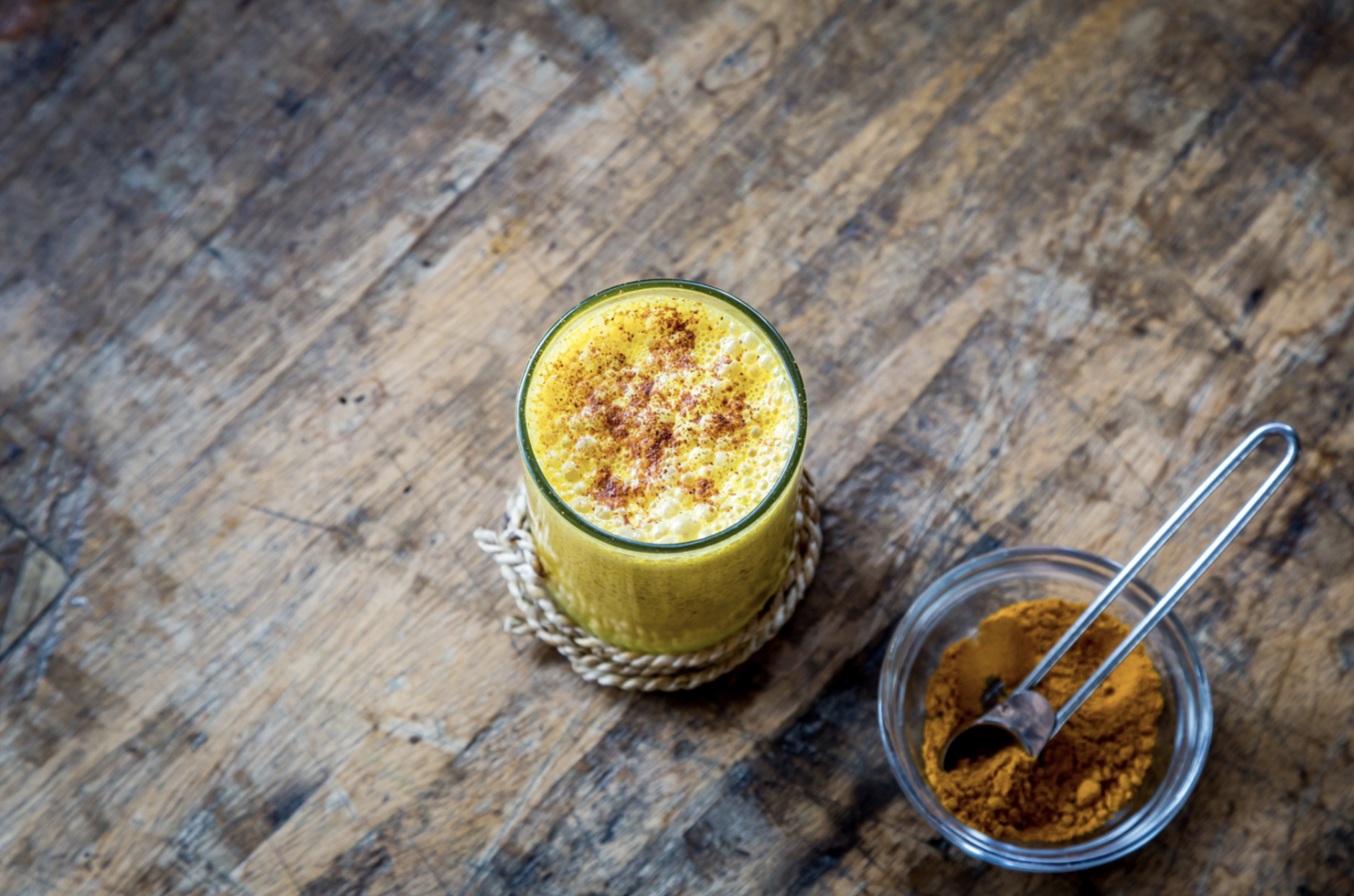Healing Foods: Turmeric
/Turmeric, that beautiful deep golden spice that has long been a staple ingredient in Southeast Asian and Middle Eastern cuisine is a powerful healing food. You might be most familiar with turmeric as the main spice in curry. And, you may have noticed turmeric showing up in more foods at the local market and on menus, from turmeric ginger kombucha to turmeric lattes and golden milk. Turmeric is growing in popularity due to the expanding body of evidence that it has powerful anti-inflammatory, antimicrobial, antioxidant and anticancer properties.
Research has shown lower rates of cancer in countries where people regularly consume turmeric. For centuries, Ayurvedic, Chinese and Unani medicines have used turmeric for a variety of health purposes including increasing overall energy, relieving gas, healing intestinal parasites, improving digestion and relieving arthritis. It is also used externally as an antiseptic for cuts and burns. In complementary and alternative medicine, turmeric has been used in healing protocols for joint pain, diabetes, heart disease, Alzheimer's disease, and cancer.
Research confirms turmeric’s healing properties. Some human clinical trials of curcumin, the polyphenol phytonutrient that gives turmeric its bright color, have shown benefits for patients with cancer. Test tube studies suggest that curcumin is able to kill cancer cells, prevent more from growing and may have protective effects against breast, bowel, stomach and skin cancer. An Alzheimer's study at UCLA found that curcumin may help clear amyloid plaques from the brain. More research is needed to determine curcumin’s pharmacological uses.
Curcumin is found to be most effective when it bioaccumulates in the body, suggesting that including turmeric as a regular part of your diet is the best way to get the maximum health benefits. In addition, adding ground black pepper which contains another phytonutrient, piperine, to a recipe when using turmeric is found to increase its bioavailability 1000 times.
While turmeric or curcumin supplements are available, it is important to remember that using turmeric as a food is safe, but we don’t know how safe it is when used in supplement form. Luckily, there are dozens of ways to cook with turmeric such as adding ground turmeric to hot breakfast cereals, smoothies, soups, sauces, and stir-frys, to making teas and golden milk. Additionally, the fresh root can be juiced or chopped and added to food dishes.
Hewlings SJ, Kalman DS. Curcumin: A Review of Its' Effects on Human Health. Foods. 2017;6(10):92. doi:10.3390/foods6100092
Gupta SC, Patchva S, Aggarwal BB. Therapeutic roles of curcumin: lessons learned from clinical trials. AAPS J. 2013;15(1):195–218. doi:10.1208/s12248-012-9432-8
Shoba G et al. Influence of piperine on the pharmacokinetics of curcumin in animals and human volunteers. Planta Med. 1998; 64(4): 353-356 doi:10.1055/s-2006-957450


